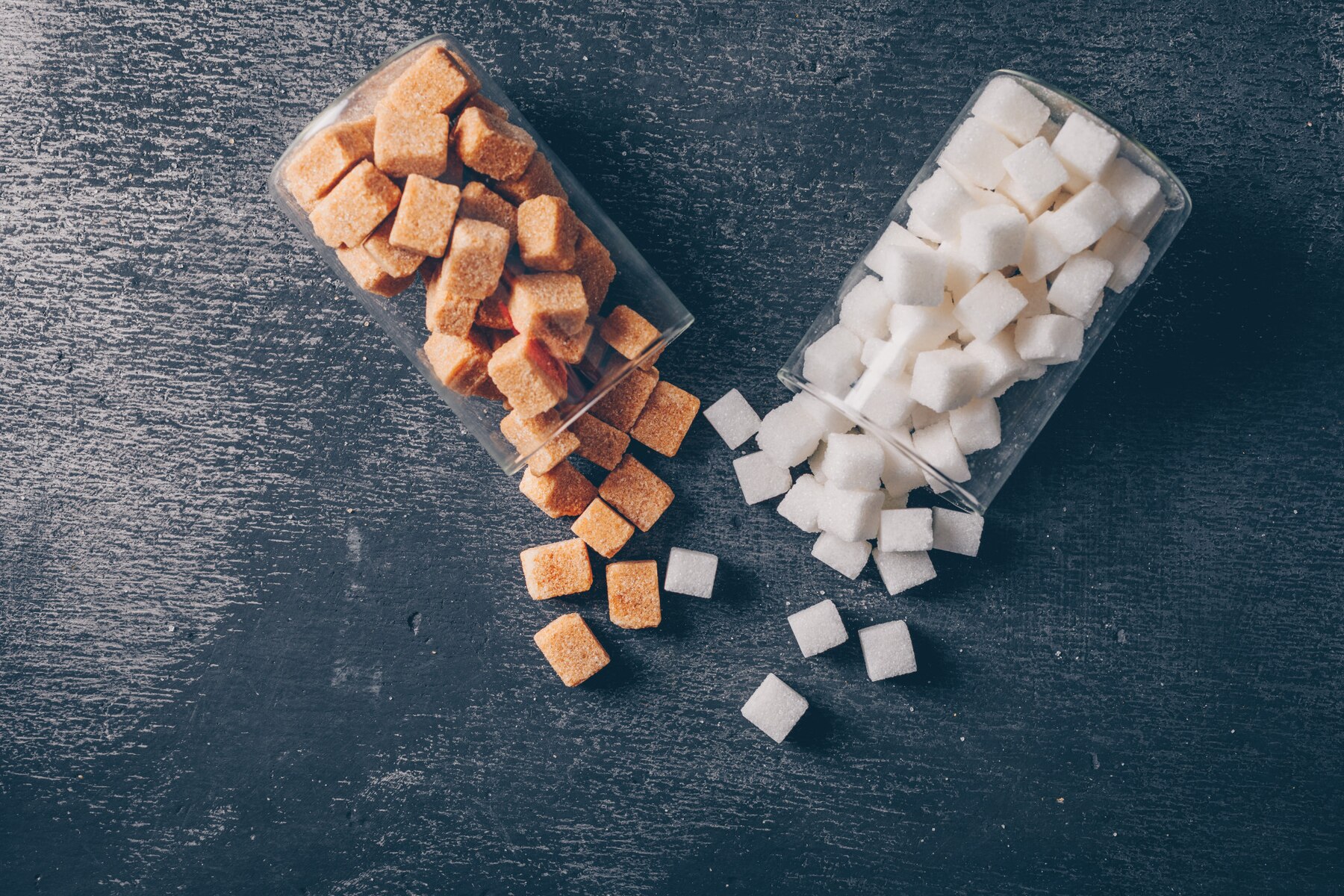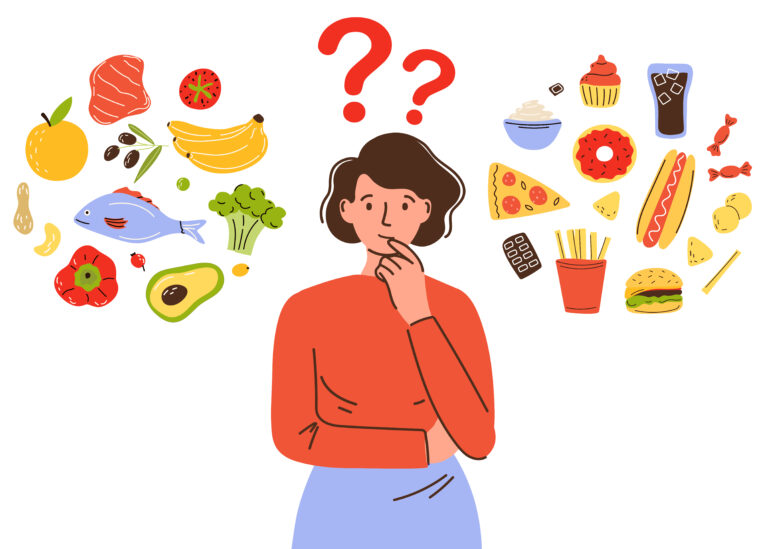Sugar – the irresistible delight that has tantalized our taste buds for centuries. From birthday cakes to morning coffee, it’s a staple in our daily lives. But, like a character in a thrilling novel, sugar has both a sweet side and a dark secret. In this sugarcoated adventure, we’ll explore the science, the surprises, and the sneaky tricks sugar plays on our health.
So, grab a snack (just not too sugary), sit back, and let’s get on this journey through the world of sugar.

The Science of Sugar
Before we dive into the bitter truths about sugar, let’s get to know it better. Sugar is a carbohydrate, primarily divided into two types: glucose and fructose. Glucose is essential for our body, as it provides a quick energy boost, while fructose is found naturally in fruits. It’s fructose that often gets a bad rap, primarily when it’s added to processed foods in the form of high-fructose corn syrup.
Now, let’s get nerdy for a second. The real problem with sugar lies in its overconsumption. When we eat too much sugar, especially fructose, it can overload our liver, causing it to convert the excess into fat. This can lead to fatty liver disease and a host of metabolic problems, including insulin resistance.
The Sweet Temptress
Oh, sugar, you cunning temptress! It’s no wonder we fall for your charms time and again. Your sweet taste triggers the release of dopamine, the “feel-good” hormone, in our brains. We can’t help but be drawn to you. From the first lick of a lollipop to the last bite of a triple-chocolate fudge brownie, sugar has us wrapped around its sugary finger.
But like any captivating character, there’s always a catch. The higher our sugar intake, the stronger our sugar cravings become. It’s a vicious cycle that often leads to overindulgence and its consequent health issues.
Sugar’s Sneaky Disguises
Sugar is adept at concealing itself in everyday foods. It’s not just the obvious culprits like candy, soda, and pastries that harbor this sweet villain. No, sugar loves to lurk in seemingly innocent foods like salad dressings, ketchup, and even bread. You’ve probably encountered it in foods you’d never suspect!
Manufacturers are crafty too, using various names for sugar in their ingredient lists, such as high-fructose corn syrup, agave nectar, and maltose. They’re like sugar’s cunning aliases, making it tricky for even the most vigilant sugar detective to spot its presence.
The Bitter Truth

Now, let’s get into the bitter side of sugar, the part that’s not so sweet for our health. Consuming excessive sugar can lead to a slew of problems. Here are some of the primary issues:
Weight Gain:
The excess calories from sugar can lead to weight gain, and it’s often a prime contributor to obesity. Our love affair with sugary drinks like sodas is particularly culpable in this regard.
Type 2 Diabetes:
Overconsumption of sugar can lead to insulin resistance, a condition where the body can’t use insulin properly, ultimately resulting in type 2 diabetes.
Heart Disease: High sugar intake can elevate triglyceride levels and decrease HDL cholesterol, increasing the risk of heart disease.
Fatty Liver:
We already mentioned this earlier, but it’s worth repeating. Excessive fructose intake can lead to fatty liver disease, which can be a precursor to more severe liver problems.
Tooth Decay:
Sugar’s impact on our pearly whites is undeniable. It fuels the growth of harmful bacteria in our mouths, leading to cavities and gum disease.
Addictive Cycle:
Remember that dopamine rush we mentioned earlier? Well, it can make sugar as addictive as some drugs, leading to cravings and withdrawal symptoms when we try to cut back.
Breaking Free from the Sugar Shackles
Now that we know sugar’s dark side, how do we free ourselves from its tempting grasp? Here’s where the real adventure begins – breaking the shackles of sugar addiction!
Read Labels:
Be a detective in the grocery store. Read labels and be on the lookout for sneaky sugar aliases.
Cook at Home:
Preparing your meals at home gives you control over what goes into your food, reducing hidden sugar intake.
Satisfy Sweet Cravings Naturally:
Opt for whole, unprocessed foods like fruits to satisfy your sweet tooth. The fiber in fruits helps slow down the sugar absorption, avoiding blood sugar spikes.
Stay Hydrated:
Sometimes our bodies confuse thirst with hunger. Drink plenty of water to reduce unnecessary snacking.
Mindful Eating:
Pay attention to what you’re eating, savor the flavors, and eat slowly. This can aid in curbing excessive eating.
Gradual Reduction:
Going cold turkey on sugar can be tough, so gradually reduce your sugar intake. Incremental changes accumulate over time.
The Sugar-Free Lifestyle

It might seem like a daunting task to live a sugar-free life, but it’s not all doom and gloom. There’s a bright side to this story! When you reduce your sugar intake, you’ll likely experience some fantastic benefits:
Improved Energy: Say goodbye to those sugar crashes, and hello to steady, sustainable energy levels.
Clearer Skin: Reducing sugar can lead to clearer skin and fewer breakouts.
Weight Loss: Shedding those extra pounds is a common perk of a lower sugar diet.
Better Mental Focus: Your brain will thank you for reducing sugar-related brain fog and mood swings.
Long-Term Health: Lowering your sugar intake reduces the risk of chronic diseases like diabetes and heart disease.
Sugar is a captivating character in the story of our lives, but it’s up to us to determine the ending. We can choose to break free from its sugary grasp, enjoy a healthier and more vibrant life, and make sugar a supporting character instead of the star of the show.
Let’s embrace a life with less sugar, more energy, and a future full of sweet possibilities. Your taste buds, waistline, and overall well-being will thank you for it.






